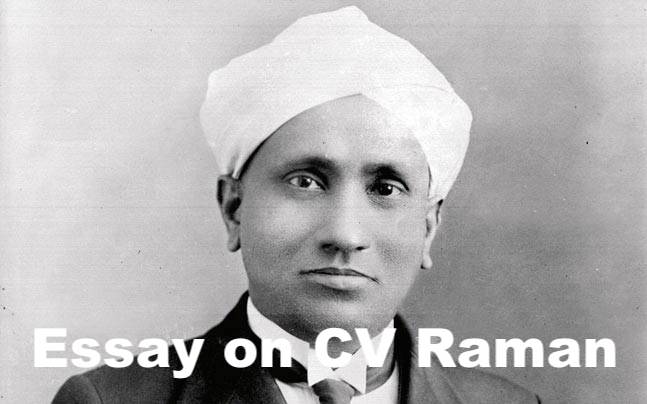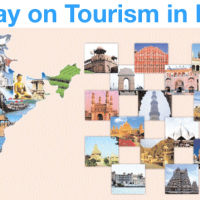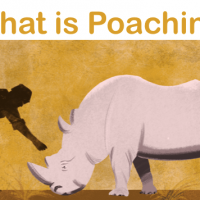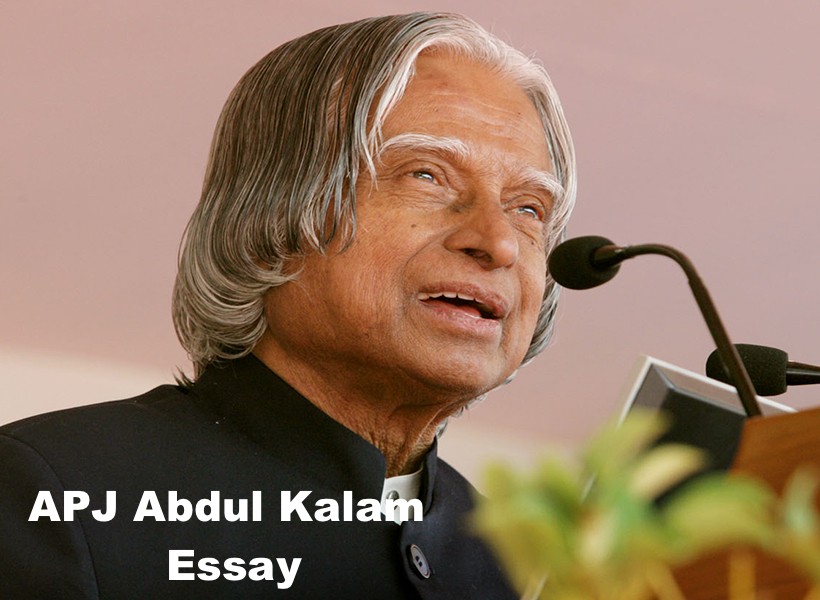Hello Friend This is special category for our small reader who study in school. If they looking for english essay for their school homework or any kind of english essay article then this special category might help you all guyz. in this article we will share CV Raman Essay in English for all class children and student . Initially we have published 300 word and 1000 word article for CV Raman.
Essay on CV Raman in English
Chandrasekhara Venkata Raman or better known as CV Raman was born on 7 November, 1888 in Tiruchirapalli, Tamil Nadu. He was a man of boundless curiosity and a lively sense of humour. His Spirit of inquiry and devotion to Science laid the foundations for scientific research in India, and he won honour as a Scientist and affection as a teacher and a man He was the second child of Chandrashekhar Iyer and Parvathi Amma. His father was a lecturer in mathematics and physics, so he had an academic atmosphere at home. After doing his matriculation at 12, he was supposed to go abroad for higher studies, but after medical examination, a British surgeon suggested against it. Raman instead, attended Presidency College, Madras.
After Completing his graduation in 1994; winning the first place and the gold medal in physics, and completing M.Sc. in Physics in 1907, Raman put through various significant researches in the field of physics.
The Works of the German scientist Helmholtz (1821 – 1891) and the English scientist Lord Raleigh (1842 – 1919) on acoustics (the study of sound) influenced Raman. He took immense interest in the study of sound. When he was 18 years of age, one of his research papers was published in the ‘Philosophical Magazine’ of England. Later, another paper was published in the scientific journal Nature’. During those times, there were not many opportunities for Scientists in India. Therefore, Raman joined the Indian Finance Department in 1907. After his office hours, he carried out his experimental research in the laboratory of the Indian Association for the ‘Cultivation of Science’ in Calcutta.
He carried out research in acoustics and optics. In 1917, Raman was offered the position of Sir Taraknath Palit Professorship of PhysiCS at Calcutta University. He stayed there for the next fifteen years. During his tenure there, he received worldwide recognition for his work in optics and scattering of light.
He was elected to the Royal Society of London in 1924 and the British made him a knight of the British Empire in 1929. In 193०, Sir CV Raman was awarded with Nobel Prize in Physics for his work on scattering of light. The discovery was later named after him as the ‘Raman Effect
The Raman Effect is considered very significant in analysing the molecular structure of chemical compounds. After a decade of its discovery, the structure of about 2००० Compounds was studied. Thanks to the invention of the laser, the Raman Effect has proved to be a very useful tool for scientists in various fields.
He was also a patriot at heart, which is represented in his memoir of the time when he received the Nobel award, “When the Nobel award was announced I saw it as a personal triumph, an achievement for me and my Collaborators – a recognition for a very remarkable discovery, for reaching the goal I had pursued for 7 years. But when I sat in that crowded hall and I saw the sea of Western faces surrounding me, and I, the only Indian, in my turban and closed coat, it dawned on me that I was really representing my people and my country.
I felt truly humble when I received the Prize from King Gustav; it was a moment of great emotion but I could restrain myself. Then I turned around and saw the British Union Jack under which I had been sitting and it was then that I realised that my poor Country, India, did not even have a flag of her own, and it was this that triggered off my complete breakdown.
CV Raman became the Fellow of the Royal Society of London in 1924. A year later, he set up Raman Research Institute near Bangalore, where he Continued the scientific research until his death which was caused by a strong heart attack on 21 November, 1970. His sincere advice to aspiring scientists was in his words : Scientific research needed independent thinking and hard work, not equipment.”
Also Read:
Essay on CV Raman in English

Chandrasekhar Venkata Raman was born in Tiruchirapalli, Tamil Nadu on 7th November, 1888. is father Chandrasekhar was a professor of mathematics. His mother Parvathi Ammal was a religious |lady. CV Raman was a born talent. He finished his secondary school education at the age of eleven.
Then he took admission in Mrs. AVN College and two years later moved to the well known Presidency college in Madras At the age of fifteen, he finished at the head of the class to receive B.A. with honours in Physics and English. At the age of seventeen, CV Raman graduated his M.A . with honours. He got married in the same year with Loka Sundari. Raman was an extraordinary student.
He wanted to be a scientist, At that time there were few opportunities. Raman accepted a position with the Indian Civil Services as an Assistant Accountant General in Kolkata. He studied the stringed instruments and Indian drums.
In 1917 because of his scientific abilities, he was offered the position of sir Taraknath Patil professor ship of Physics at Kolkata University He stayed there for fifteen years. He became very popular here He began to be recognized for his work in optics and Scattering of light This is known as Raman effect. This drastically scattered light is called Raman Scatter , which results from molecule changing its molecule motion.
He was elected to the Royal Society of London in 1924 and Britishers made him the Knight of the British Empire in 1929. In 1930 he received the highest honour in science, the Nobel Prize in Physics. Raman became the director of newly established Indian Institute of Sciences in Bangalore in 1934In|
1947 he was appointed as the first National professor। or by the new government of Independent India. He established the ‘Raman Research Institute In Bangalore He got ‘Bharat Ratna And died on 21 November, 1970 at the age of eighty two.
Trending Article.
- Essay on My Best Friend
- Reliance Jio Customer Care
- Essay on My School in English
- Essay on Family in English
- First Day at School Essay
- Corruption Essay in English
- Women Empowerment Essay
- Republic Day Essay in English
- Mahatma Gandhi Essay in English
- Essay on Global Warming in English
- APJ Abdul Kalam Essay in English
- Diwali Essay in English for Class





